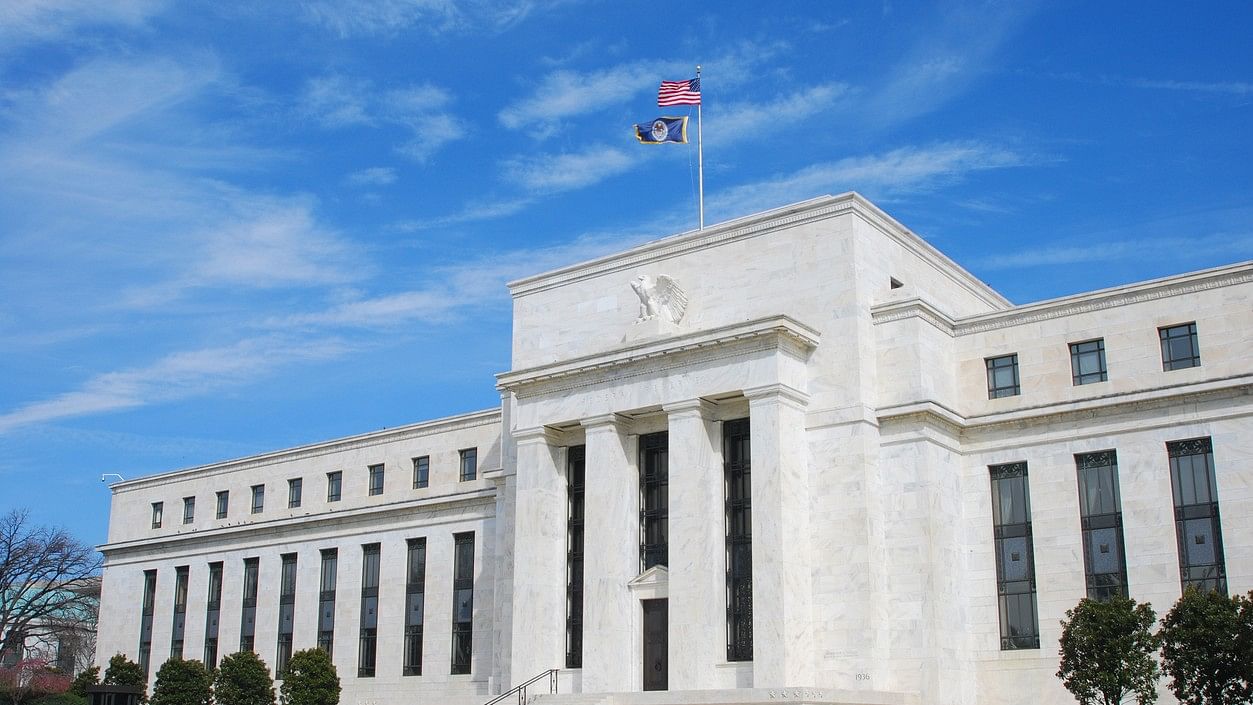
The US Federal Reserve building in Washington.
Credit: iStock Photo
Federal Reserve holdings of mortgage bonds play a “central” role in how monetary policy affects the economy's momentum, academics wrote in a paper to be presented at a central bank research conference Saturday.
The paper takes stock of how the Fed uses increases and contractions in its holdings of Treasury and mortgage bonds to augment the changes it does with its interest rate target, actions collectively aimed to influence the economy's momentum.
Known as quantitative easing, or QE, Fed purchases of Treasury and mortgage bonds starting in earnest in the spring of 2020 caused central bank holdings to more than double to a peak of around $9 trillion by the summer of 2022. Fed holdings of mortgage bonds went from around $1.4 trillion in March 2022 to a peak of $2.7 trillion.
Mortgage purchases are particularly notable given the importance of housing financing factors in the US economy. But economists and central bankers have long struggled to measure the impact of the asset purchases, and some have doubted their value.
The paper, which was written by a group of economists for a presentation at the Kansas City Fed’s annual Jackson Hole, Wyoming, research conference, put some numbers of the impact of the Fed’s mortgage buying, and explained how the process works, noting private banks also play a role.
“We find that banks and the Fed were each responsible for about a 40-bps reduction in the mortgage spread during 2020/21,” the paper’s authors wrote. “This led to a cumulative increase in mortgage originations of about $3 trillion, and net [mortgage bond] issuance of about $1 trillion, with banks responsible for about half of this increase.”
“These effects had a large impact on consumer spending and residential investment,” the paper said.
The strong role the Fed holdings of mortgage bonds has on monetary policy potency also works as the Fed pursues what’s called quantitative tightening, or QT. This process has seen the Fed shrink its holdings down to $7.3 trillion - Fed mortgage holdings now total $2.3 trillion — as it allows bonds to mature and not be replaced. QT has moved in tandem with a now ended process of Fed rate hikes and will likely keep running even when the Fed cuts rates, although it’s unclear when QT will end.
The Fed’s QT process has proved slower than some had expected because the moribund state of the housing market amid high borrowing costs has slowed mortgage creation, in turn blunting the Fed’s ability to get mortgage bonds off its books. At some point some believe the Fed may even have to turn to active sales of mortgage bonds to accomplish its desire to hold primarily Treasury bonds.